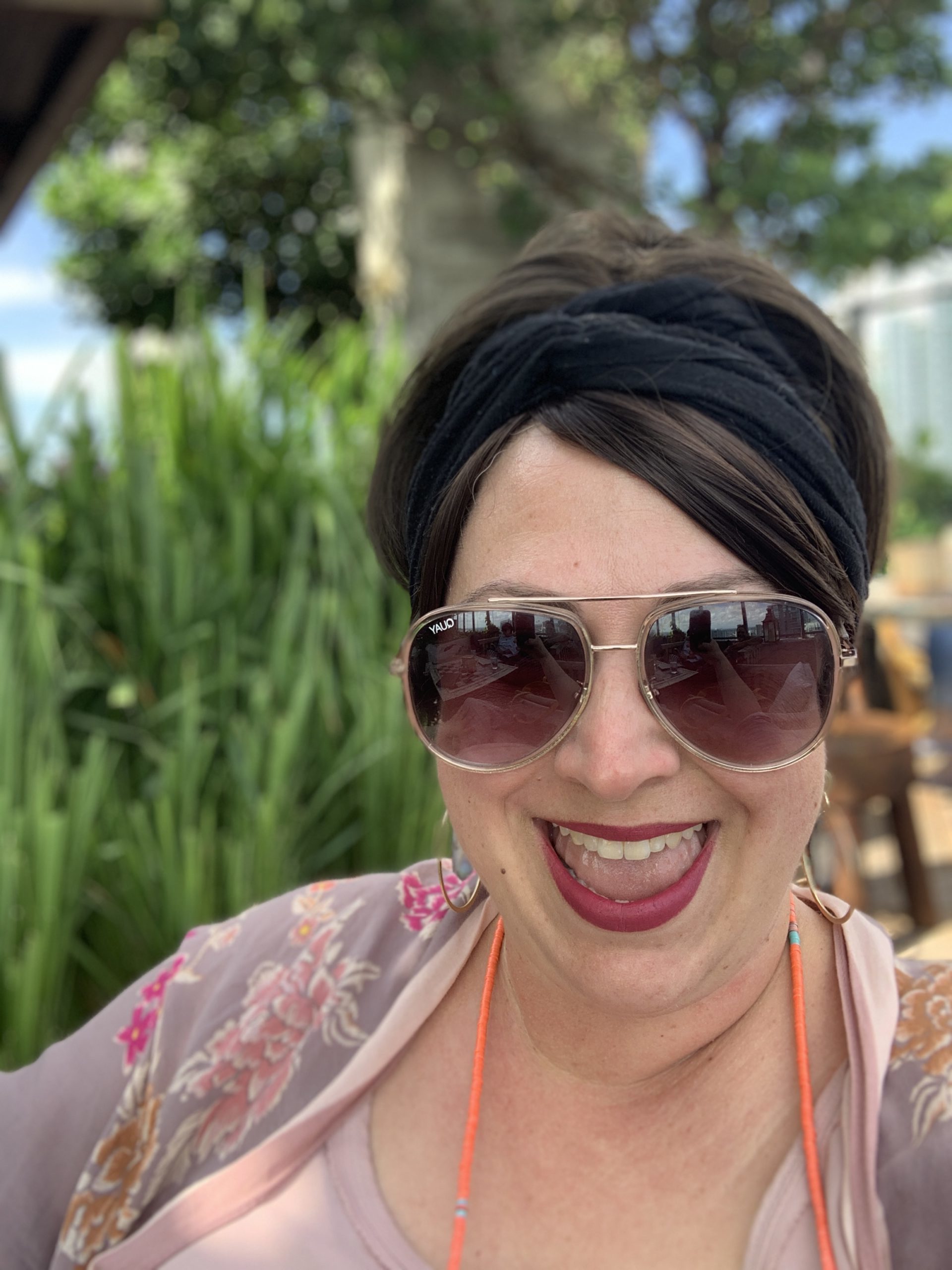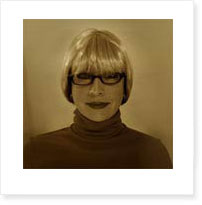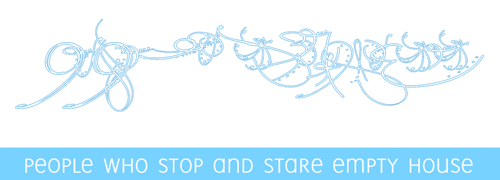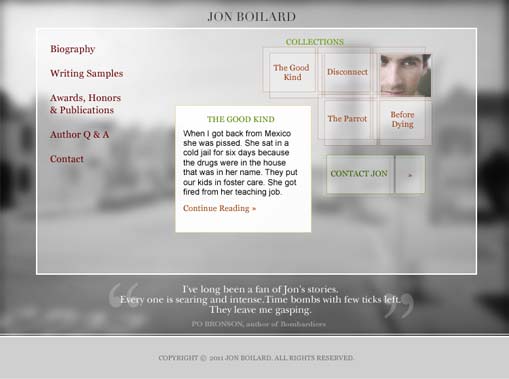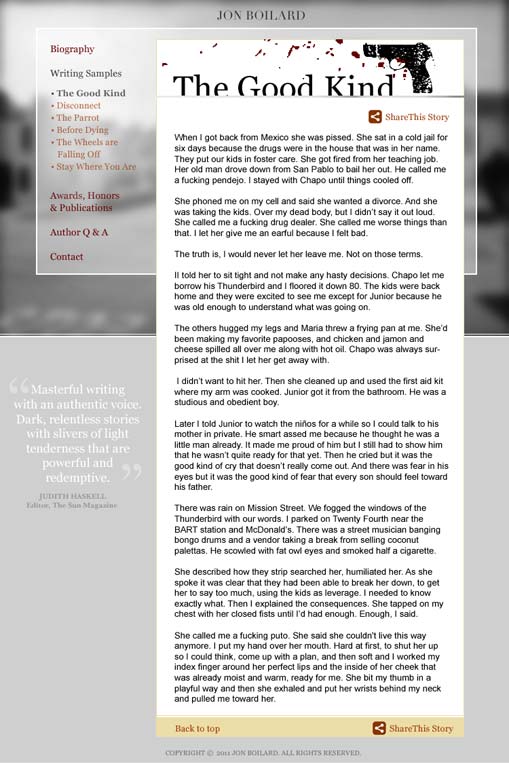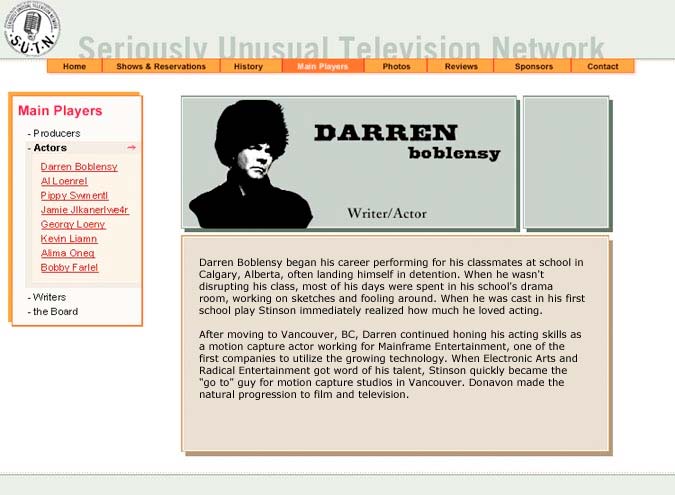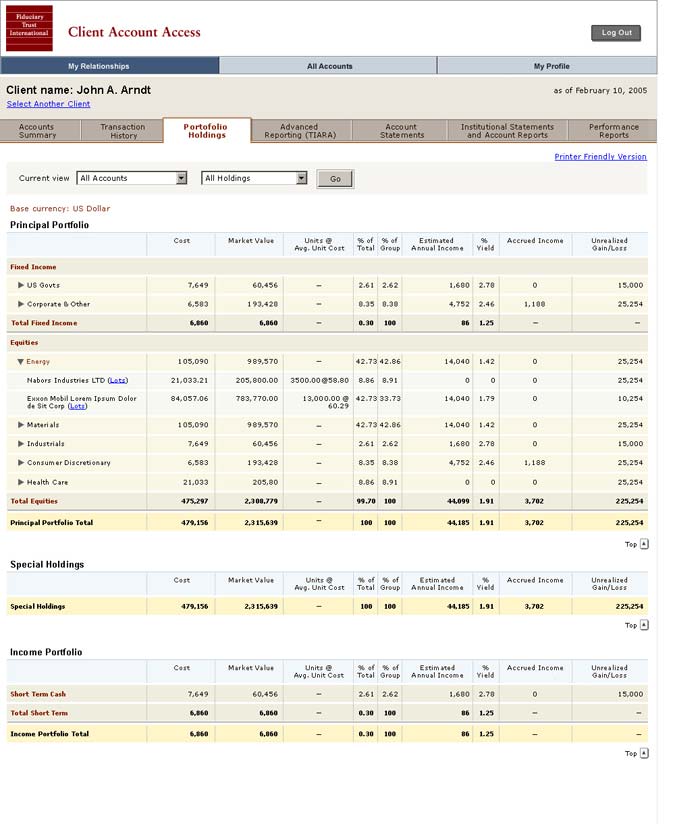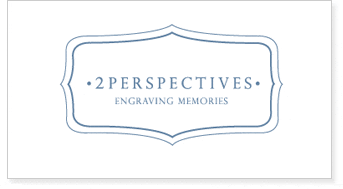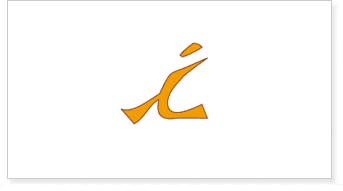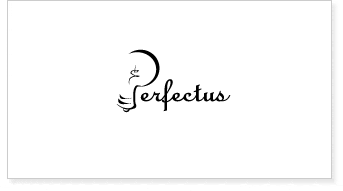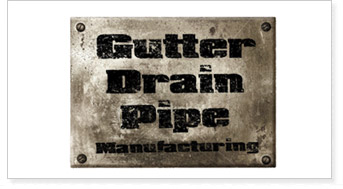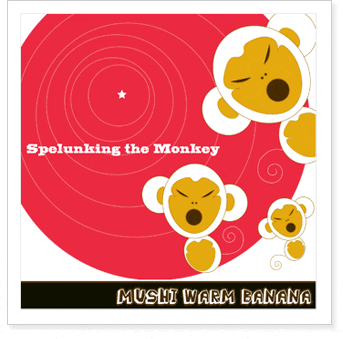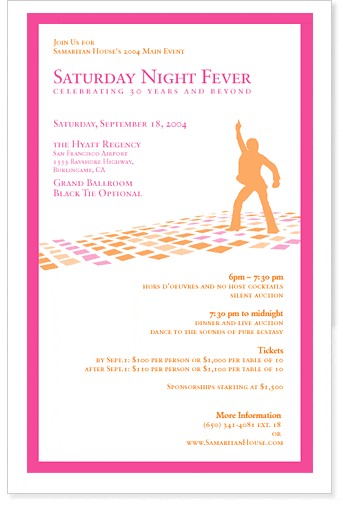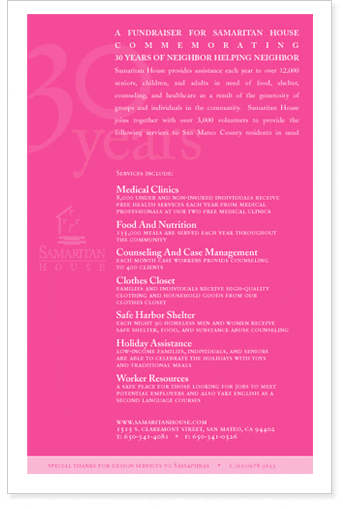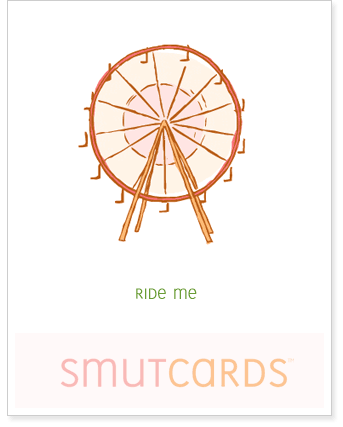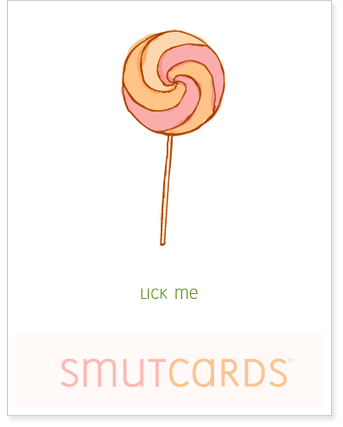Increasing Invitation Creation and Response Rates
Evite’s core business was to use the web as a vehicle for the organization, communication and management of events; e.g. house parties, bachelorette weekends, movie nights, etc. While event planning is a crucial part of this process, its success relied on the approachability, usability and design of the invitation web page itself.
Through focus groups and user testing of the invitation web page, the team learned there were two crucial pieces to ensure a successful event creation and response rate. The first was the event host’s ability to customize invitations to reflect their individual style. The second was the transparency of event details for invitees. Therefore, the team’s approach was to establish a design structure modular enough to allow for visual customizations, streamlined site performance and reorganize the invite structure to prioritize the guest’s RSVP needs.
Overall User Experience Design Process
- Reviews with stakeholders and site users. Product team collaboratively reviewed relevant user requirements and identified appropriate design prioritization.
- Internal, multi-team work sessions. Facilitated creative sessions to explore redesign options.
- Wireframes. Product team collaboratively participated in concept brainstorm sessions and revisions.
- Visual Design Comps. Led visual design discussions, visual direction, client presentations and design-to-development presentation build.
- Paper and Online Prototypes. Designed visuals used as the basis for paper and online prototypes. Worked with product team and user testing consultant to organize, plan and run focus groups and user testing sessions.
Outcomes
The redesign resulted in an increase of overall event creations, invitee response and high-levels of testimonials describing event successes.
Implemented Solutions
- Increased user controlled visuals to include font and section header colors, links,page background image and/or color and ability to upload one user generated image
- Restructured event information to include clearly defined headers identifying event information; i.e. event title, details, guest list and response area
- Streamlined design elements by eliminating use of structural graphics; i.e. rounded corners
